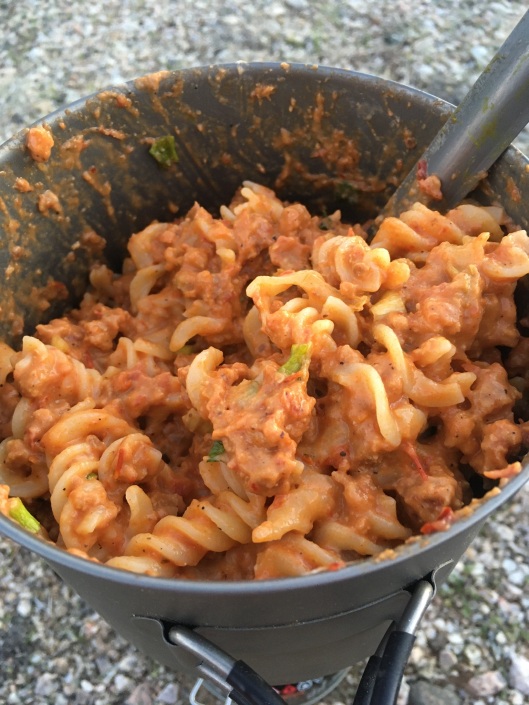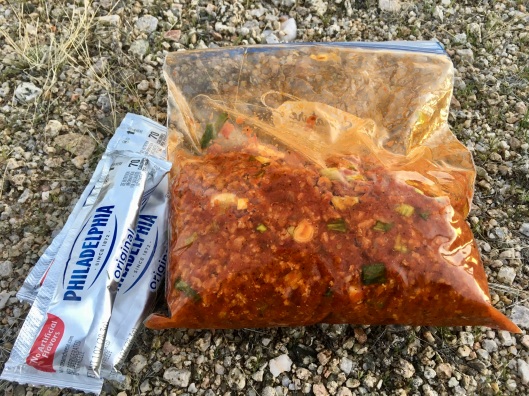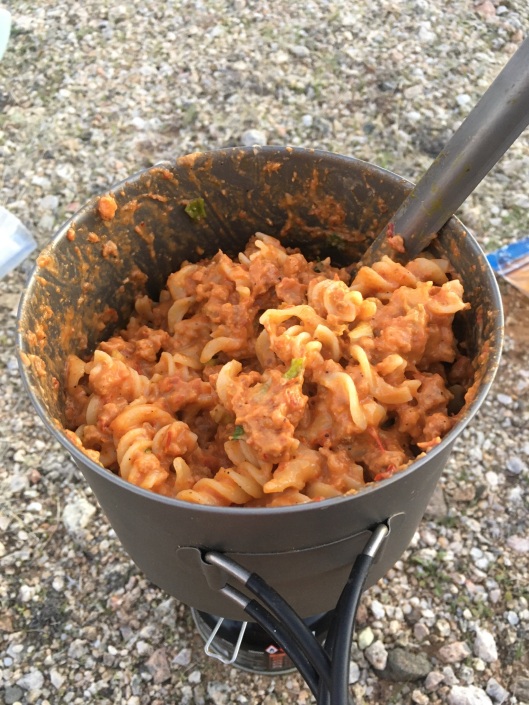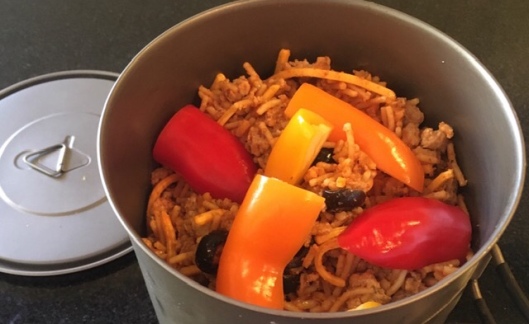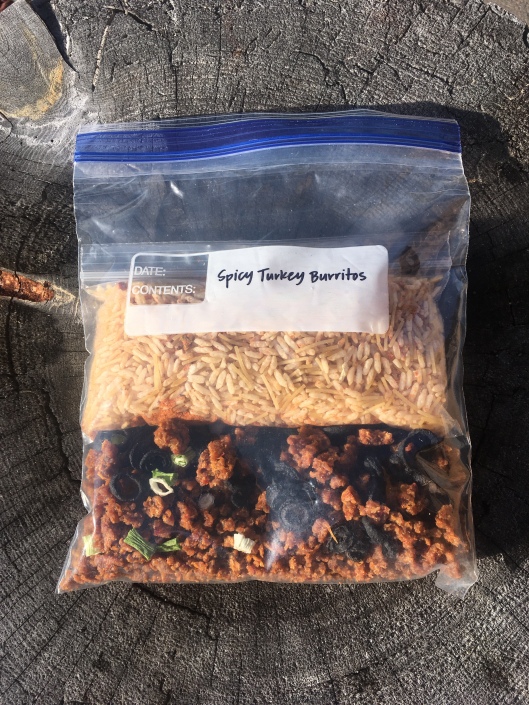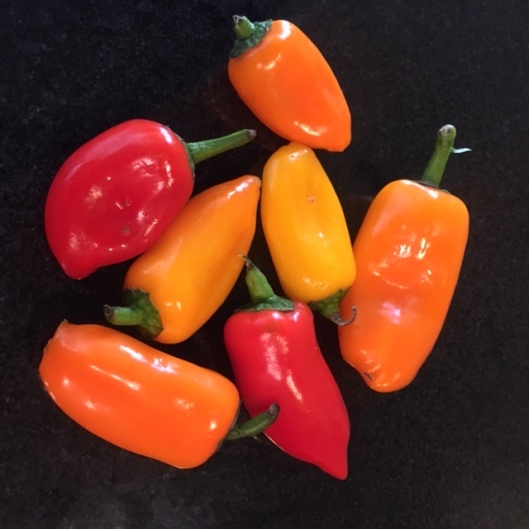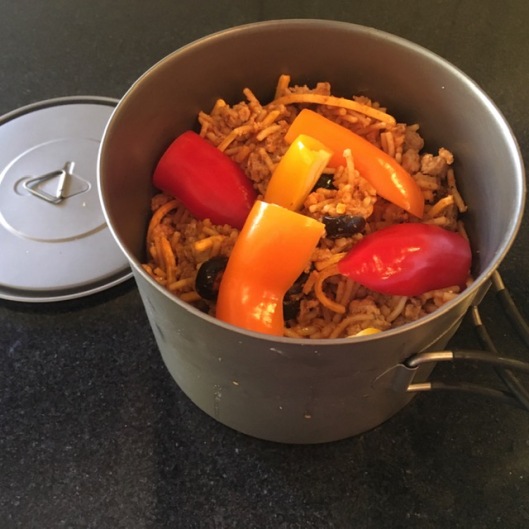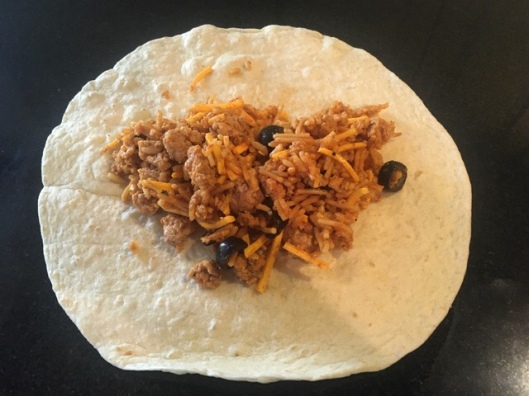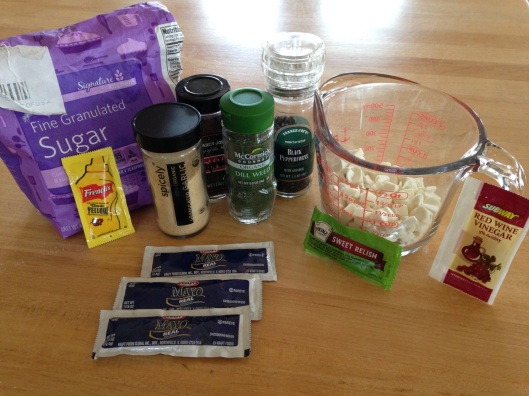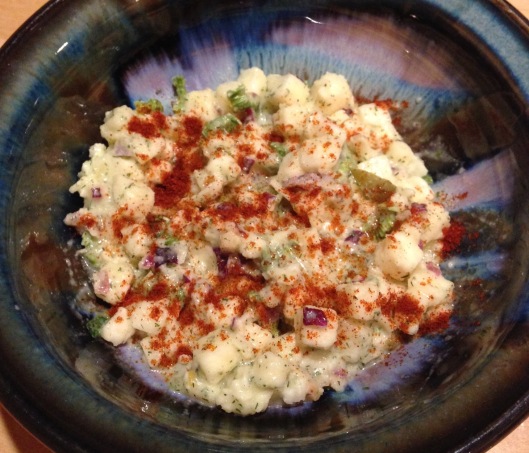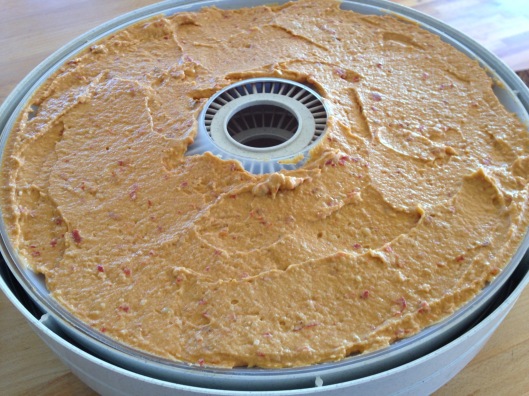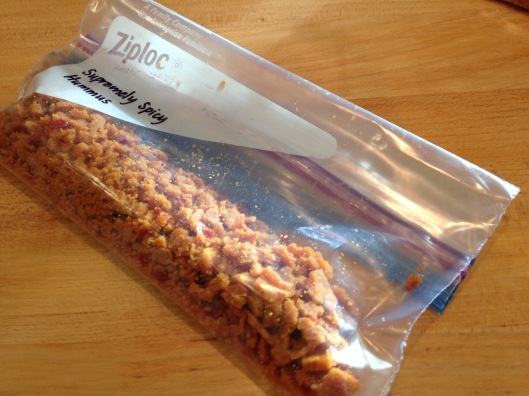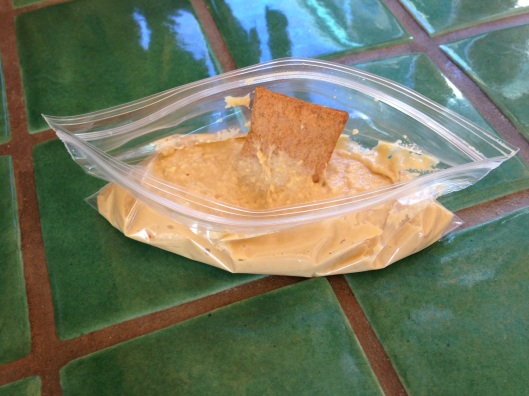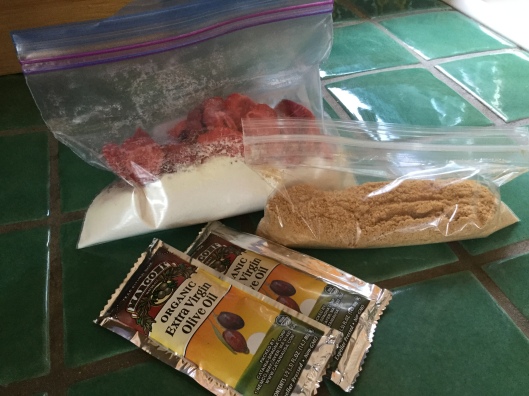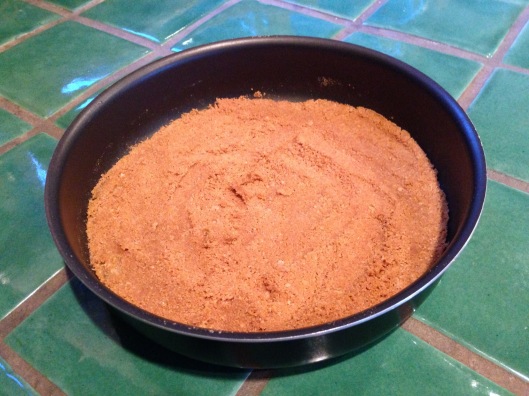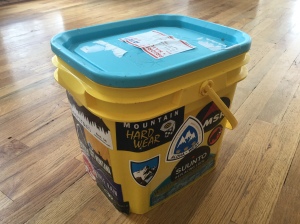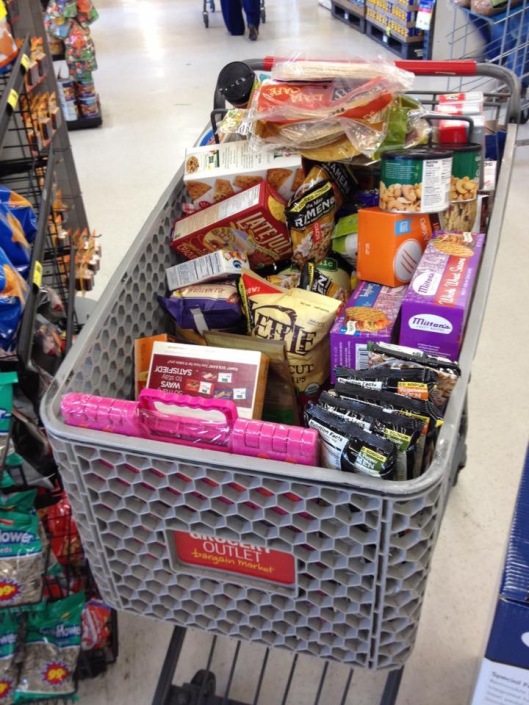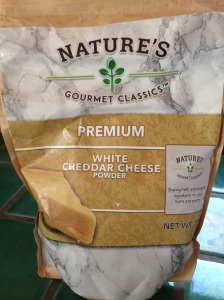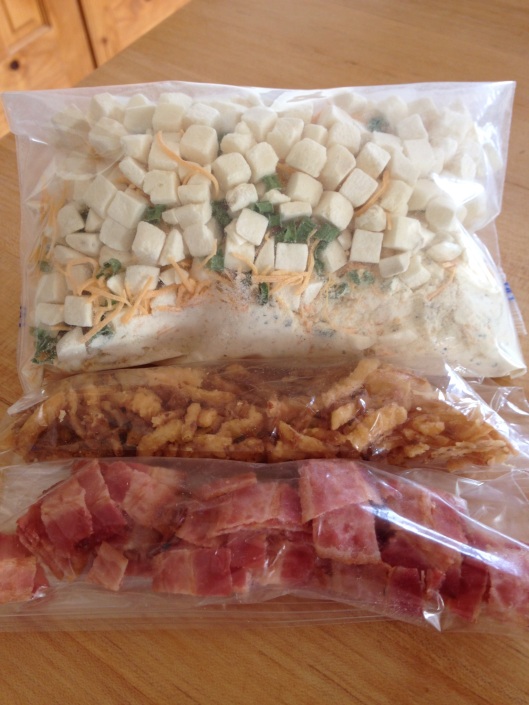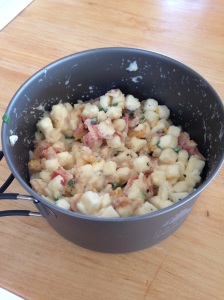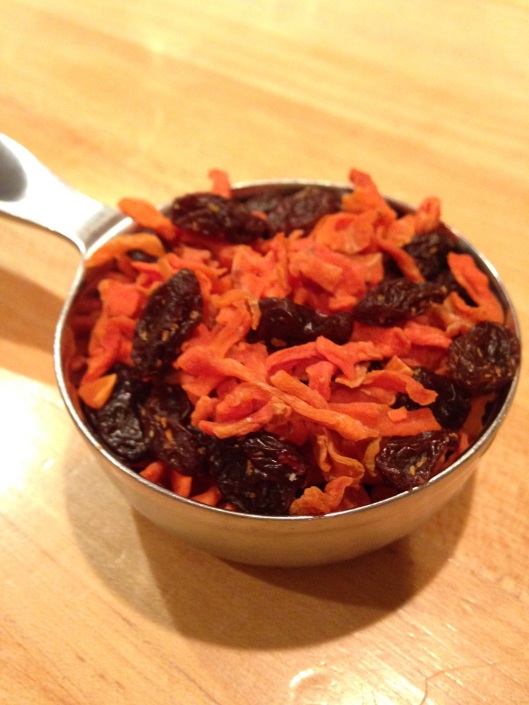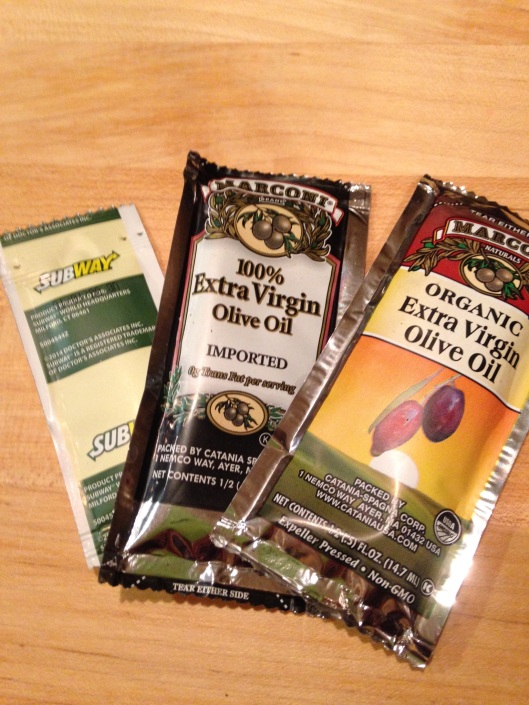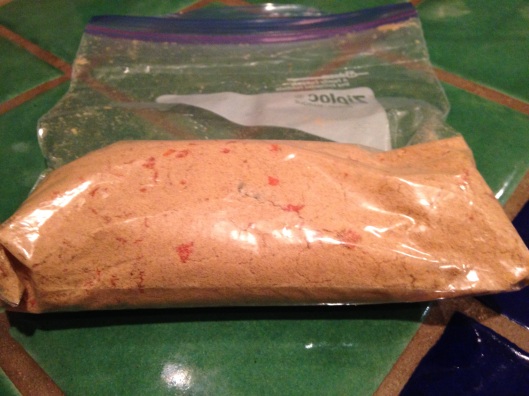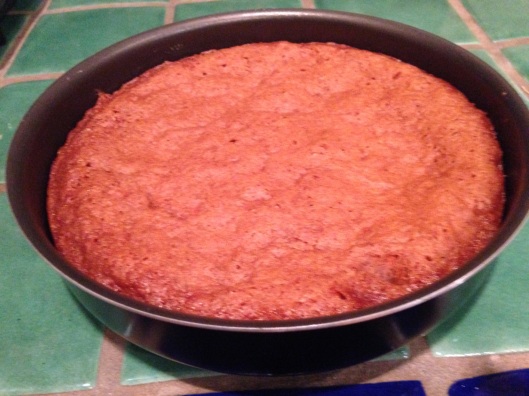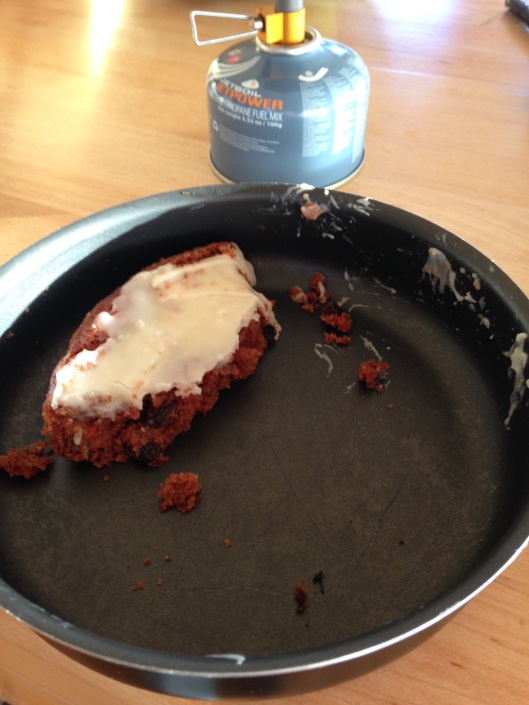Considering going stoveless on a long hike? There are a lot of good reasons to do so. But, if weight savings is your highest priority, you’re doing it for the wrong reason.
Benefits of going stoveless include:
1. Without worrying about a stove, a pot, a windscreen, and fuel, you have less stuff to worry about. This simplicity can be very freeing.
2. Less wait (no, not weight). I just mean you can eat right away without having to fire up and heat your food. This is especially nice when you roll into camp late and you are tired.
3. Don’t have to deal with resupplying fuel. Sending fuel in the mail is not straight forward. It has to go “ground only” and must be properly labeled with specific wording. Ordering it online can be difficult for the same reasons. And, finding your type of fuel in a small trail town may be difficult too.
4. Burn bans don’t affect you.
5. No permit required. In California, you are required to have a Fire Permit for operating a stove. It is free, not difficult to obtain, and the requirement is unlikely to be enforced, but it’s one less thing to worry about.
6. When you walk into town, your food setup will weigh nearly nothing.
7. Potentially less bulk. Hydrated foods like bars, tortillas, nut butters, cheese, and nuts are calorically dense and can take up little space. This can be handy when using a bear canister.
8. Nutrition. Many of the non-cook foods are more nutrient dense than the dehydrated foods most thru-hikers eat.
9. Many people make the argument that it is lighter. It can be, but the way a lot of people do it, it is usually about the same or even heavier.
Comparing The Food
For comparison sake, let’s talk about dinners. The other meals of the day between cookers and non-cookers seem to be about the same.
The dehydrated dinners I make that pack in 700 calories weigh about 4-5oz. at most. I try to add coconut cream powder, whole milk powder, sour cream powder, dried sausage crumbles, or freeze-dried shredded cheese (some of which have 180 calories/oz.) when I can to increase the calorie to weight ratio.
Although most dehydrated meals can also be cold soaked, most non-cook hikers that I have seen are more likely to eat bars, jerky, nut butters, nuts, coconut flakes, M&M’s, trail mix, tuna, and tortillas—most of which contain some water content (read “weight”). To get 700 calories from these types of food, one would need to carry about 6-7 oz. per night.
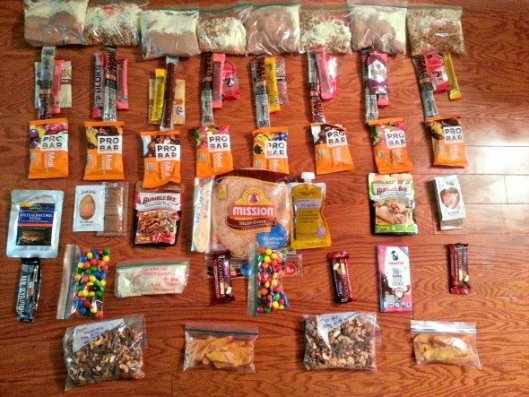
A typical stove-free resupply. Photo Cred TrailtoSummit.com
Comparing The Cook Kits*
I personally own 4 different cook stoves/kits, so I compared them. For each cook kit, I weighed the burner, the windscreen (if needed), the container to hold the fuel, the cookpot/lid, and the stuff sack. Assuming I want to cook up about 700 calories per dinner, I also figured out the weight of the fuel for each dinner (although conditions can be very variable). It should be noted that there are lighter kits than mine and there are heavier. But, the ones I used for this comparison are definitely on the lighter end of the weight spectrum.
*If you would like a breakdown on the components of each kit, feel free to message me.
Solid Fuel
Not many people choose this method anymore due to its finicky-ness, but I want to include it because it has been my method of choice for 7 years now. A few companies make a solid fuel “tablet” that you light under your cook pot to bring water to a boil (or at least to very hot). The advantages of solid fuel include: inability of spillage of fuel, very light weight, and due to the really low intensity of the flame, one can usually get away with a smaller cook pot with no handles. The disadvantages are that it is very sensitive to wind and cold, it takes a long time to heat water, the tablets are hard to find (although, they are easy to ship or carry extra), and there is some odor to the burning tablet (especially Esbit brand).
My solid fuel kit weighs 3.6 oz. The fuel needed to heat up a pint of water weighs about ½ oz. per night.
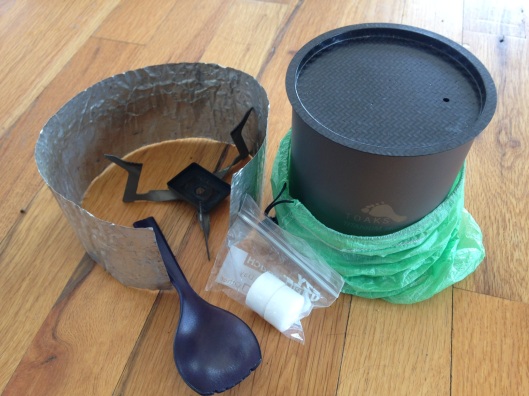
A lightweight solid fuel kit
Alcohol
When I hiked the PCT 10 years ago, many people were still cooking with alcohol stoves. Alcohol burns clean, and it is easy to find (in the form of the product HEET) in almost any town with a convenience store. However, alcohol stoves take some practice and they are sensitive to wind and cold temperatures.
My alcohol stove kit weighs about 4 oz. and the alcohol weighs about 0.75 oz. to heat a pint of water.
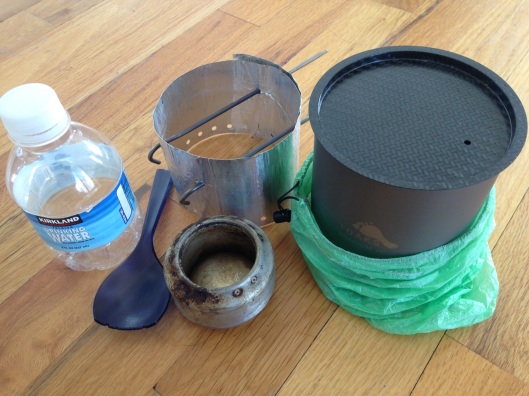
A lightweight alcohol kit
Canister/Pressurized Gas
Most thru-hikers these days are using canister stoves, probably due in part to an increase in the frequency of burn bans each summer. When a burn ban is in effect, The only stoves allowed must have a shutoff valve (although there is zero enforcement). They are also really convenient; all you need to do is turn on the valve, light it, and you are eating in just a few minutes!
They are quite efficient on fuel, however, to carry gas under pressure, the empty fuel canister itself weighs 3.5 oz.! Also, these canisters are usually only sold in outdoor retail stores, are pricey, can only be shipped via ground, are not supposed to be thrown in the garbage (they can be recycled if you can safely puncture them), and it is hard to know how much fuel is in them.
My canister fuel kit weighs about 7.8 oz. in total (including that empty canister). The fuel itself needed per night weighs about 1/3 oz. (although, it should be noted that because it is hard to know how much fuel is in the canister, most people usually end up carrying far more fuel than needed and possibly even another canister, which weighs 7 oz. full).
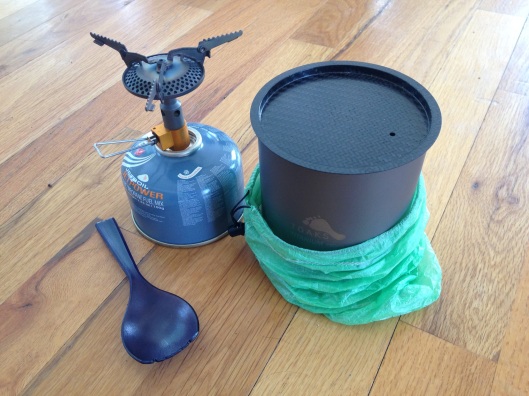
A lightweight canister stove/kit
Wood Burning
Wood stoves are lightweight, there is no fuel-weight penalty, and they kinda make you feel like a badass cavewoman. The downsides are that they are difficult (not impossible) to do in a completely LNT-manner, they require fairly dry tinder to work at all, they take some time (to collect materials, start the fire, and then to bring water to a boil), they cover your cook pot (and hands) in black soot, and everything you wear after cooking with one will smell strongly like wood smoke.
My wood burging kit weighs 5 oz. The fuel weighs nothing, as you burn sticks, pine cones, and dry grass that you find when you stop for dinner.
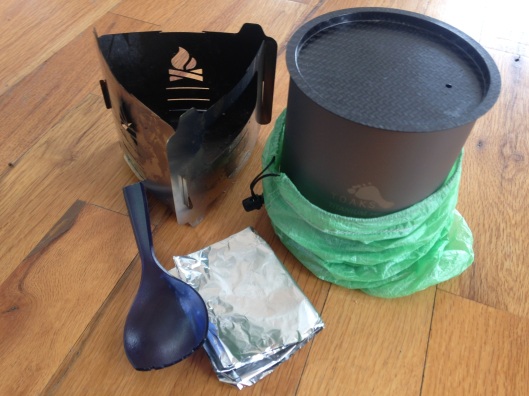
A lightweight wood burning kit
Comparing No-Cook and Cook
These numbers include the weight of the dinners (no other meals or snacks), fuel needed for all of the dinners, plus the cook kit from above.
Non-Cook
A traditional non-cook dinner weighs about 6-7 oz. per meal for the food itself. So, dinners for a 4-day resupply (3 dinners) would add up to 18-21 oz. However, on the day walking into a resupply, non-cook will weigh nothing.
Solid Fuel
Dehydrated or freeze-dried food weighs about 4-5 oz. per dinner for the equivalent calories. So, on a 4-day resupply—dinners plus a solid fuel cook kit—will weigh about 17-20 oz. On the way into town, it will still weigh 3.6 oz.
Alcohol
Again, using dehydrated food, on a 4-day resupply, the alcohol method weighs 18-21 oz. with dinners. On the last day, it will weigh 4 oz.
Wood Burning
On a 4-day resupply (assuming you can find dry materials to burn) this kit + dinners will weigh 17-20 oz. On the way into town, it will weigh 5 oz.
As you can see, cooking and non-cook end up being pretty close in weight for a 4-day resupply. Choosing non-cook for resupplies lasting longer than 4 days will end up being quite a bit heavier than if you cook with almost any method (although 4 days is pretty typical on the triple crown trails).
Making the Choice to Cook or Not
Cook methods usually end up being lighter at the beginning of the resupply section, and non-cook is lighter at the end (usually on the last day), so making the decision to cook or not should really depend on factors other than weight. Remember, there are also advantages to having a stove and a metal pot:
1. You can have hot coffee.
2. A hot meal at the end of the day can be a real morale boost; you can feel more like you are eating “real” food.
3. A hot meal can warm you up on a cold day.
4. A warm meal is more easily digested.
5. There is more potential for variety.
6. In an emergency, you can boil water for heat or water purification.
The Lightest Method
As I alluded to above, there is actually one way you can make no-cook the lightest choice all of the time. Instead of eating bars and nut butters, tortillas and trail mix, you can “cold soak” dehydrated food. In this strategy, you take dehydrated or freeze-dried dinners (the same as if you were cooking) and add cold water instead of hot, allowing the food to rehydrate over 30 minutes to 2 hours. Therefore, your food is as light as possible, but you will not have any of the weight of a cook setup. A 4-day resupply would only weigh a cold-soaker 12-15 oz.** Weight is the obvious advantage. The downside is the food: can you stand to eat cold mashed potatoes or mac n’ cheese?
**Although you can just rely on [lighter and more compact] freezer bags for cold soaking, many people who choose this method use a small plastic container (peanut butter or gelato) to soak their food. This way, they can add water to their food, secure the leakproof lid, throw it back in their pack, and walk for the last few miles while it rehydrates. Hopefully, by the time they get to camp, it is ready. These containers usually weight about 2 oz., but you are still only looking at 14-17 oz. for a 4-day resupply.
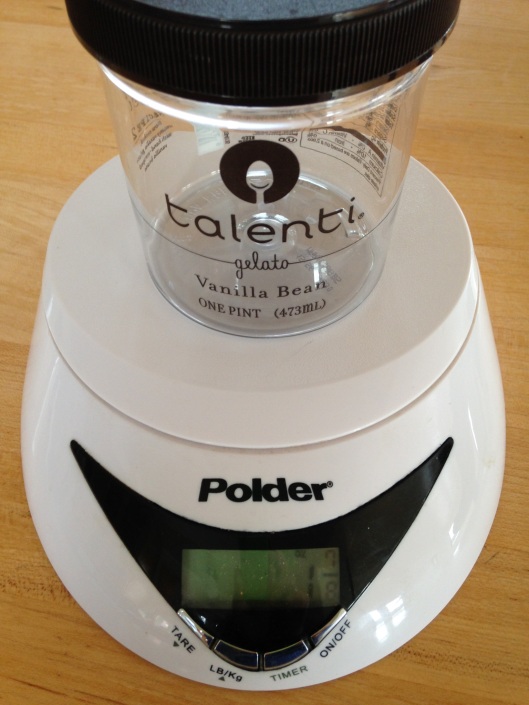
A container that could be used for cold-soaking
Conclusion
There are pluses and minuses to all of these methods. You have to decide what your priorities are and what inconveniences you are willing to put up with. Whatever you choose, it is not set in stone. You can fairly easily make changes as you go. My point is, don’t stress out about it too much. Have fun with your planning and remember that “once you are on the trail, half of the work is done”. (Quote by d=rt)
